
Summary:
- A cap linked to the attacker, Mohammad Shariful Islam Shehzad, was found in the room of Saif Ali Khan’s son, Jeh, providing critical evidence in the case.
- DNA analysis of hair strands from the cap may help confirm the attacker’s connection to the crime.
- The accused, a Bangladeshi national residing illegally in India, is in police custody, and investigations are ongoing to uncover the motive and any potential international conspiracy.
Key Developments:
- Discovery of Evidence
- Police discovered the attacker’s cap in Jeh Ali Khan’s room.
- Hair strands found on the cap are being analyzed by the Forensic Science Laboratory (FSL) for DNA testing.
- Results may clarify the sequence of events and link the accused definitively to the attack.
- Details About the Accused
- Mohammad Shariful Islam Shehzad, arrested from Thane, has been identified as a Bangladeshi national living illegally in India.
- He allegedly entered India illegally seven months ago by crossing the Dawki River and later used a West Bengal resident’s Aadhaar card to obtain a SIM card.
- Police Custody and Investigation
- Shehzad is in a 5-day police custody as authorities investigate his motive.
- Police are exploring whether there is an international conspiracy tied to the attack.
- The defense claims Shehzad has been residing in India for several years and possesses valid documents.
- Legal Defense Claims
- Shehzad’s lawyer argues the case has been sensationalized due to Saif Ali Khan’s celebrity status.
- The defense maintains the accused’s family has also been living in India.
Implications and Next Steps:
- Forensic Analysis: The DNA results from the cap will be crucial in establishing a connection between Shehzad and the crime scene.
- Illegal Immigration Concerns: The case sheds light on the broader issue of illegal entry and fake documentation in India.
- Legal Proceedings: Further details on Shehzad’s motive and background could influence the court’s judgment.
Curiosity Spark: How might cases involving high-profile personalities influence public perception of justice and policing?















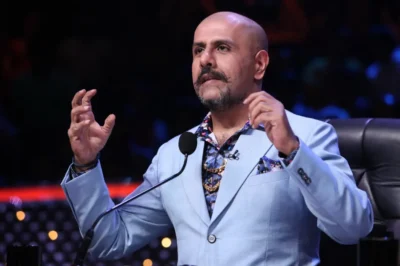





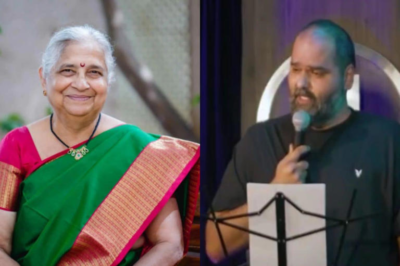
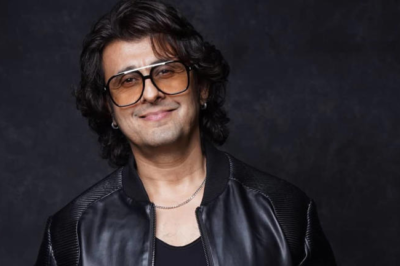


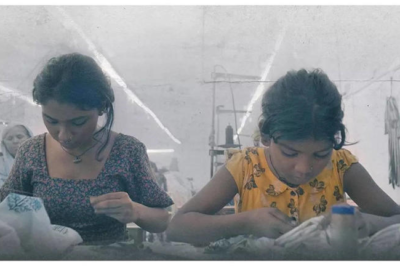
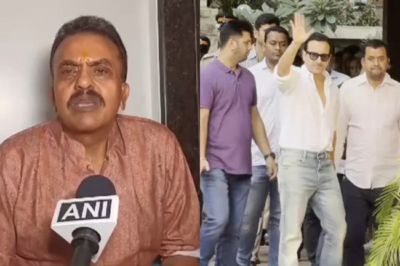
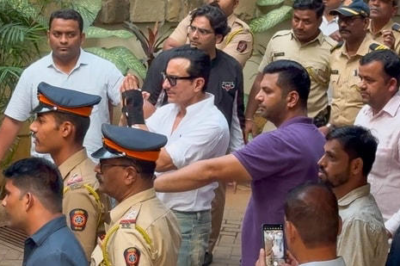








Leave a Reply